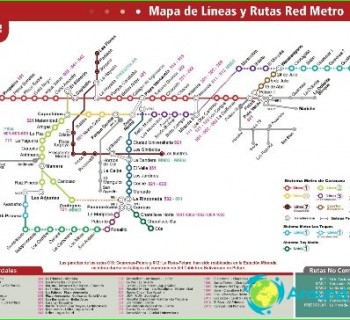Coat of arms of Venezuela

The Bolivarian Republic can rightfully be proud that its main official symbol is about to celebrate the bicentennial of its adoption. The current coat of arms of Venezuela was approved at a meeting of the Congress; this significant event for the state took place in April 1836. Over the next centuries and decades, changes were made to the coat of arms, this is a natural process. But they were insignificant, which indicates a certain stability of the authorities in the chosen course..
Components of the symbol of statehood
Finally, the number, location and colors of individual elements of the coat of arms of Venezuela were enshrined in the Law adopted on February 17, 1954. The coat of arms of the Bolivarian Republic is a shield divided into three unequal parts. The lower one occupies almost half of the shield; on it, in the azure field, there is a beautiful white horse. The upper half, in turn, is divided into two equal parts. On the left (on a red background) there is a sheaf of rye ears, on the right (on a yellow background) - crossing state flags and weapons.
As to whose horse this is, the versions were divided. At the same time, some residents assure that a horse means freedom, since it is a representative of the wild. The second group claims that the horse belonged to Simon Bolivar himself, the national hero of Venezuela.
The colors of the fields on the coat of arms are the same as on the flag of Venezuela. Rye symbolizes the agricultural development of the state, its natural resources. They are also a symbol of national unity, since 20 ears are depicted, the same number of states in the country.
The national flags, beautifully tied with a laurel branch, mark Venezuela's many victories in the struggle for independence. This is also evidenced by edged weapons, represented by a sword, saber and three spears..
Another symbol of wealth and fertility appears above the shield - these are two crossed cornucopia. In addition, the shield is framed by the famous world symbols of victory and peace - olive and palm branches. The branches are held together with a ribbon painted in the colors of the national flag. Important dates for the country and related events are written on it: April 19, 1810 and February 20, 1859. The first date is associated with the acquisition of independence, the second - with the formation of the federation.
The famous politician Hugo Chavez, being the country's president, proposed a change in the coat of arms, thanks to which the horse ran in the other direction..


